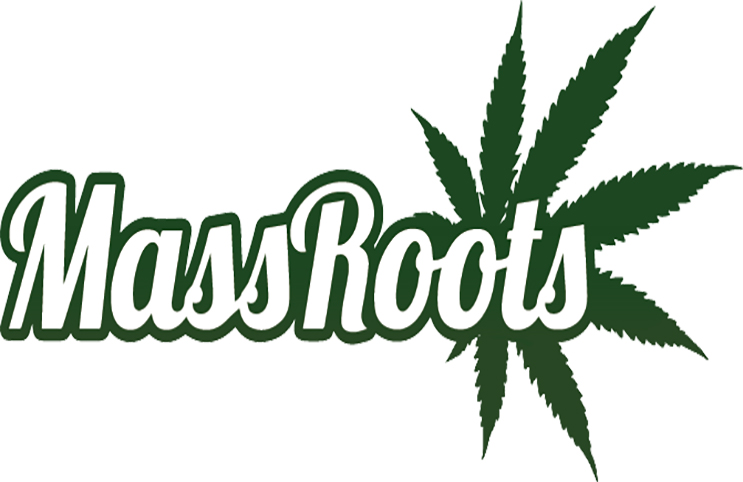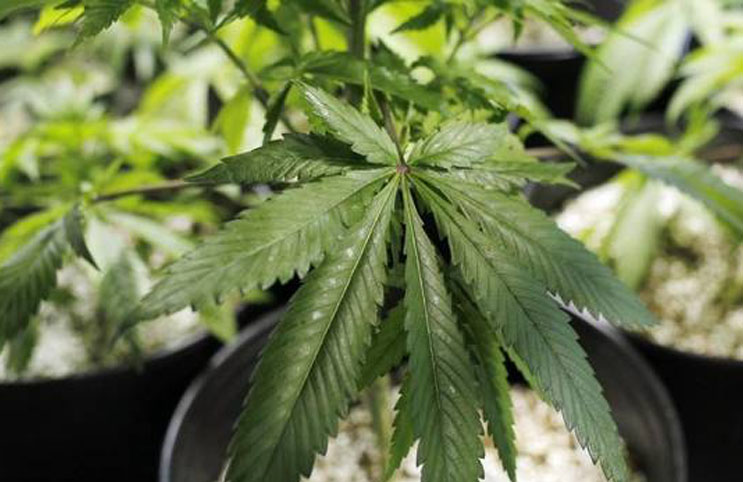According to cannabis research firm ArcView, legal marijuana sales hit $5.4 billion back in 2015, and they’re on course to expand by an estimated 30% per year through 2020, thanks to organic growth in states that have already legalized it, as well as the expected legalization of marijuana in a number of new states. For additional context, residents in nine states will be voting on a marijuana initiative or amendment in their state in the upcoming election next month. If these sales figures aren’t convincing enough or the movement’s momentum, then perhaps the rapid expansion of marijuana at the state level is. Since 1996, when California became the first state to legalize medical marijuana, two dozen additional states have legalized medical cannabis. Since 2012 we’ve witnessed four states, along with Washington, D.C., legalize recreational marijuana.
For the incredible growth marijuana offers, investors are often inclined to remain on the sidelines, given a number of industry disadvantages. In other words, they’re being overtaxed compared to so-called “Normal business.” Third, marijuana is – and will continue to be for the immediate future – an illicit substance. Additional regulatory concerns of marijuana opponents focus on what might happen with drivers under the influence of the drug, as well as how the industry will keep the drug from falling into the hands of children and teenagers, especially when it comes to edible marijuana products, which in many cases can be almost indistinguishable from non-THC-based foods.
As you can see, there is a laundry list of concerns for the marijuana industry. Colorado may have resolved one of the biggest concerns of marijuana opponents last week. A new regulation concerning marijuana edibles went into effect in Colorado on Saturday, Oct. 1, which should substantially reduce the likelihood of marijuana edibles being mistaken for non-THC-based products, and vice versa. The new regulation now requires all edible marijuana products to come with a diamond-shaped stamp that bears the letters T-H-C, which is symbolic of the psychoactive ingredient tetrahydrocannabinol found in cannabis. As CBS News notes, there aren’t any national figures on how many children accidentally eat marijuana edibles each year and wind up in the hospital.
A 2016 study examining admissions at Children’s Hospital Colorado found that the rate of children treated for accidental marijuana ingestion had essentially doubled from 1.2 cases per 100,000 prior to legalization to 2.3 cases per 100,000 two years after legalization. Admittedly cases of children eating marijuana edibles remain pretty rare, with just 81 cases total reported at Children’s Hospital Colorado between 2009 and 2015. Despite these nominally low figures, access to marijuana products by children remains a serious worry.
MAPH Enterprises, LLC | (305) 414-0128 | 1501 Venera Ave, Coral Gables, FL 33146 | new@marijuanastocks.com










